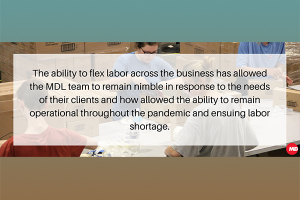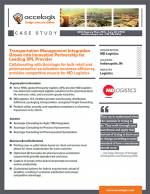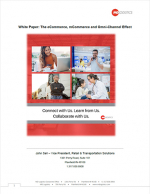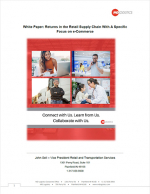Getting Serious About Serialization, The Drug Quality And Security Act
This white paper will discuss why serialization is a necessity for the integrity and visibility of pharmaceutical supply chains as well as three traits that are essential to successful serialization implementation.
Pharmaceutical Serialization: A Comprehensive Look At How The Drug Quality And Security Act Is Shaping U.S. Pharmaceutical Supply Chains
The logistics of medication safety
On Nov. 27, 2013, President Obama signed the Drug Quality and Security Act into law, effectively setting the framework of what would become a nationwide initiative toward wide-scale pharmaceutical serialization.
The Drug Supply Chain Security Act is one component of the Drug Quality and Security Act.
This particular act requires the FDA to implement a national track-and-trace system by which manufacturers must affix product identifiers (barcodes) to each package of product that is introduced into the supply chain.
This system would establish nationwide drug serial numbers that allow for efficient tracing to respond to recalls and notices of theft and counterfeiting.
Serialization in the pharmaceutical supply chain is a massive logistical undertaking the FDA requires to be completed by 2017. While that may seem to be awhile down the road, logistics companies had to meet the first regulatory benchmark by January 1, 2015.
This white paper will discuss why serialization is a necessity for the integrity and visibility of pharmaceutical supply chains as well as three traits that are essential to successful serialization implementation.
Contents
- An introduction to counterfeit medications
- The dangers of counterfeit medications
- Implementing serialization in the supply chain
- Conclusion
The Drug Quality and Security Act, and the subsequent move towards mandated pharmaceutical serialization, represent a definitive step the United States government has taken towards protecting U.S. citizens by protecting the integrity of the pharmaceutical supply chain.
The problem remains that in today’s global economy, supply chains reach beyond national boundaries and operate in many political climates that do not support sufficient regulation and enforcement.
What’s Related




Favorites





